“A country grows in history not only because of the heroism of its troops on the field of battle; it grows also when it turns to justice and to right for the conservation of its interests” The Conservation History of Sunderbans National Park began with the formation of this national park in 1985. Since the number of tigers was decreasing constantly, the ecological balance was not being maintained. If there is a decrease in the number of predators then the herbivores would increase constantly and consume the entire natural flora. So, there would be an abnormality in nature.
In order to ensure balance in nature a project for the conservation of tigers was launched. Especially the Royal Bengal Tigers were given special attention because they were the excellently bedecked royal creatures that embellished the forest. We remember Blake’s Tiger, bright and strong, illuminating the scenario of the forest, “Tiger, Tiger burning bright/In the forest at the night”.
Since Sunderbans abounds in Royal Bengal Tigers the Government of Indian declared Sunderbans as a National Park in the year 1985. Previously Sunderbans was acknowledged as the core of the Tiger Project in India. The Conservation History of Sunderbans thus dates back to several decades.
Sunderbans in located in the largest delta of the world. This delta has been created by the Ganga and the Brahmaputra. Numerous animals like crocodiles, Monkeys, Chital and Royal Bengal Tigers. Fox, Jungle Cat, Indian Porpoise, Open Billed Stork and also the Wild Ibis are found in the Sunderbans Delta. They are an integral part of the conservation History of this National Park.
Apart from these there are also the Common Kingfishers, Caspian Terns, Brahmini Kites, Oriental Hobby and Brown Fish Owl. The best time to pack up your bags and give a visit to Sunderbans in from December to February.
Sundarbans Tour Packages
List Of Popular Wildlife Sanctuaries In West India
 Yawal Sanctuary
Yawal Sanctuary Bhimashankar Wildlife Sanctuary
Bhimashankar Wildlife Sanctuary Koyna Wildlife Sanctuary
Koyna Wildlife Sanctuary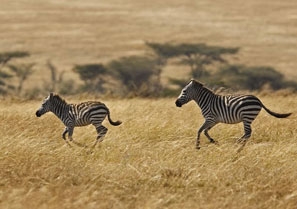 Bor Wildlife Sanctuary
Bor Wildlife Sanctuary Bhamragarh Wildlife Sanctuary
Bhamragarh Wildlife Sanctuary Barda Wildlife Sanctuary
Barda Wildlife Sanctuary Bhagwan Mahavir Sanctuary
Bhagwan Mahavir Sanctuary Kutch Desert Wildlife Sanctuary
Kutch Desert Wildlife Sanctuary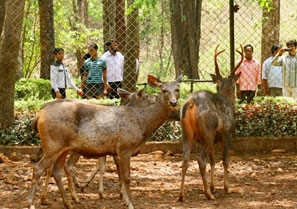 Bondla Wildlife Sanctuary
Bondla Wildlife Sanctuary Chaprala Wildlife Sanctuary
Chaprala Wildlife Sanctuary Chikhaladara Wildlife Sanctuary
Chikhaladara Wildlife Sanctuary Cotigao Wildlife Sanctuary
Cotigao Wildlife Sanctuary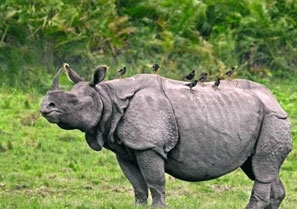 Dajipur Bison Sanctuary
Dajipur Bison Sanctuary Hingolgadh Nature Education Sanctuary
Hingolgadh Nature Education Sanctuary Jijamata Udayan Zoo
Jijamata Udayan Zoo Kalasubai Harishchandragad Wildlife Sanctuary
Kalasubai Harishchandragad Wildlife Sanctuary Katepurna Sanctuary
Katepurna Sanctuary Kutch Bustard Sanctuary
Kutch Bustard Sanctuary Malvan Marine Sanctuary
Malvan Marine Sanctuary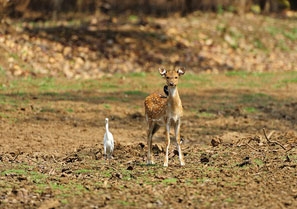 Nagzira Wildlife Sanctuary
Nagzira Wildlife Sanctuary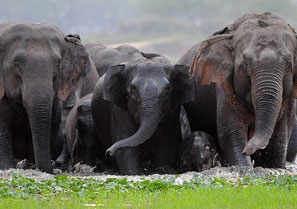 Anerdam Wildlife Sanctuary
Anerdam Wildlife Sanctuary Narayan Sarovar Chinkara
Narayan Sarovar Chinkara Nayagaon Mayur Sanctuary
Nayagaon Mayur Sanctuary Phansad Wildlife Sanctuary
Phansad Wildlife Sanctuary Radhanagri Wildlife Sanctuary
Radhanagri Wildlife Sanctuary Ratanmahal and Jessore Sloth Bear
Ratanmahal and Jessore Sloth Bear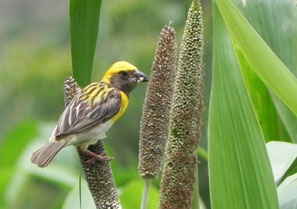 Sagareshwar Sanctuary
Sagareshwar Sanctuary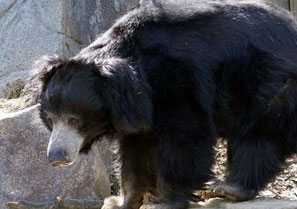 Shoolpaneshwar Wildlife
Shoolpaneshwar Wildlife Tansa Wildlife Sanctuary
Tansa Wildlife Sanctuary Thol Wildlife Sanctuary
Thol Wildlife Sanctuary Tipeshwar Sanctuary
Tipeshwar Sanctuary Wan Wildlife Sanctuary
Wan Wildlife Sanctuary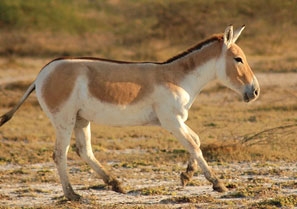 Wild Ass Sanctuary
Wild Ass Sanctuary






